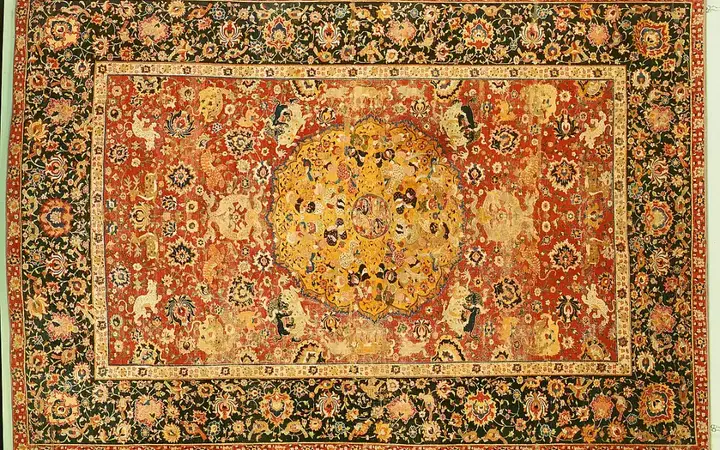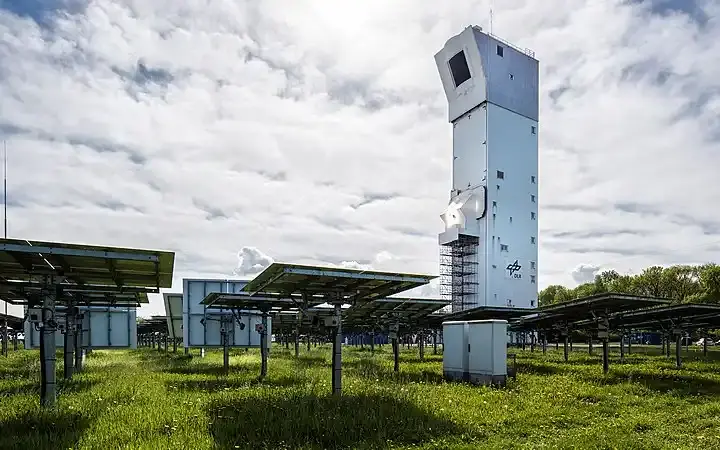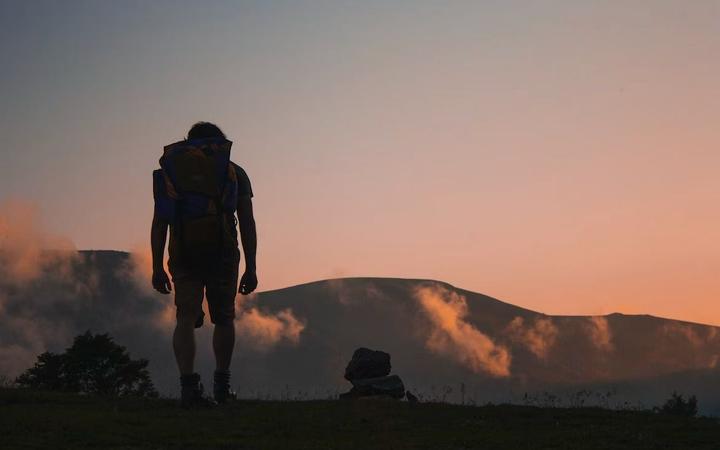Al-Ayjah Lighthouse and Castle in the city of Sur in the Sultanate of Oman
The sprawling city of Tyre has been described as "the pearl of Oman's eastern coast" and one of its majestic structures is the lighthouse of Al Aijah, which signals to seafarers that they are approaching an ancient and historic city whose origin dates back nearly hundreds of years.
Show key points
- Tyre, also referred to as Sur, is one of the oldest cities in Oman, historically connecting trade across the Indian Ocean, Arabian Sea, and East Africa.
- The Al-Ayjah Lighthouse, located in the Ras Al-Mil area, serves as a vital navigational aid, guiding ships through the narrow Khor Al-Battah creek.
- Originally, the lighthouse was a modest protective structure surrounded by a semicircular wall equipped with cannons, serving both defensive and practical purposes.
- ADVERTISEMENT
- The current version of the Manarat Al-Ayjah was reconstructed in 1996 under Sultan Qaboos's orders during Oman's Renaissance era to celebrate National Day.
- Architecturally, the lighthouse now includes three floors, a vaulted ceiling, and traditional Omani design elements, reflecting cultural aesthetics.
- Al-Ayjah Fort, built in the 18th and 19th centuries, acted as both a residential and defense facility and has since been restored for tourism purposes.
- With its twinkling light, the lighthouse stands as a symbol of Tyre’s enduring maritime legacy and its continued historical and cultural significance.
I once stood in front of this gigantic building contemplating the beauty of the city of Tyre from this view, and I can only wonder: what is the historical significance of its location? And why was this necessary? The more I contemplate his beauty, the more I want to know more about his story.
About the beautiful coastal city of Tyre
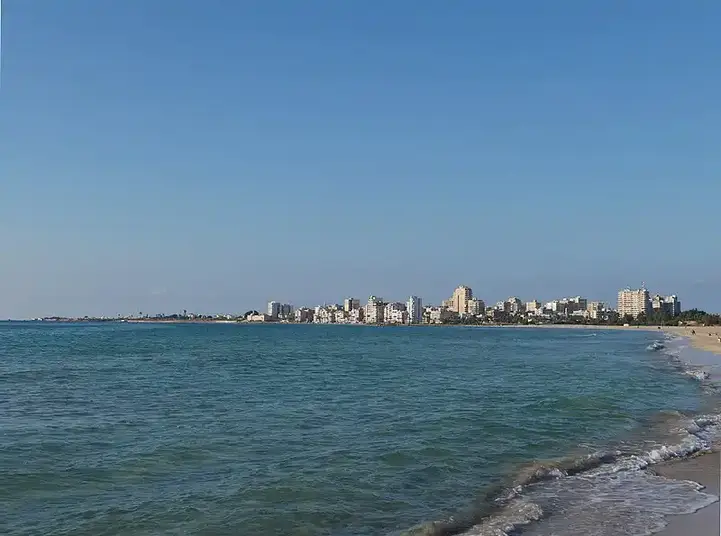
Also known as Oman, Sur is one of Oman's oldest cities, and was presented as a meeting point across the Indian Ocean, the Arabian Sea and the Sea of Oman, and played a vital role in forming a trade bridge between the Arabian Peninsula, India, Southeast Asia and the African continent.
Recommend
The port of Tyre is one of the oldest ports in the world
The port of Tyre, one of the oldest in the world, played a very important role in shaping trade with more than one hundred and fifty sailing ships per day during the eighteenth and nineteenth centuries.
Location of Manarat Al-Ayjah
The location of the lighthouse is strategic, geographically, its height makes it visible from the sea, and alerting ships and naval fleets to enter an ancient port, whatever it is on the global maritime map, and the lighthouse of Al-Aija is located in the Ras Al-Mil area extending on the coast of the state of Sur overlooking the Arabian Sea and the Sea of Oman, and Ras Al-Mil is a local name that means the head of the ship, as its shape resembles the bow of the ship, and ships enter through Khor Al-Battah, and due to the narrowness of the creek, the lighthouse of Al-Aija provides important assistance that helps to sail in the water Soundly.
Al-Ayjah Lighthouse in the past
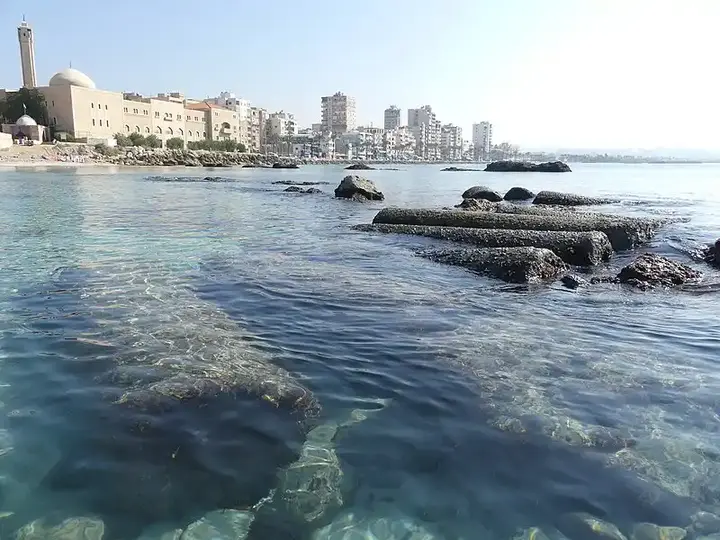
In the past, the lighthouse of Al-Ayja was very different from what we see today. It was simply a structure surrounded by a semicircular wall "whose purpose was to protect and defend the entrance to the creek and the surrounding area. The walls also contained strategic windows on which cannons and gun barrels were installed, but only three of these cannons remain to date, and the vicinity of the lighthouse is locally called "Al-Jila", which means to the locals "the place high from the water", and although the locals call it this name, this is unknown to many people.
Historical researcher Sheikh Hamoud bin Hamad al-Ghailani said that the simple protective fences in al-Jilah were up to 130 cm.
"Some people attribute the construction of the lighthouse to the Portuguese, but this information is incorrect, as during the period of the Portuguese invasion Al-Aija was not inhabited," he said.
The lighthouse of Al-Ayjah in the Renaissance
In the Renaissance in the early nineties and early second millennium, the simple form of the lighthouse was handed over to the Diwan of Royal Court, and at that time His Majesty Sultan Qaboos bin Said, may God have mercy on him, ordered the construction of the lighthouse in 1996 coinciding with His Majesty's celebration of the National Day in Sur, and during this renovation, other areas were added to the lighthouse and the designs were improved with the walls built properly and lifted from sea level. This development eventually led to the structure of the Al Ayjah lighthouse we see today including the addition of the night lighthouse. Once the project was completed, it was eventually named Manarat Al Eija.
Parts of Al-Ayjah Lighthouse
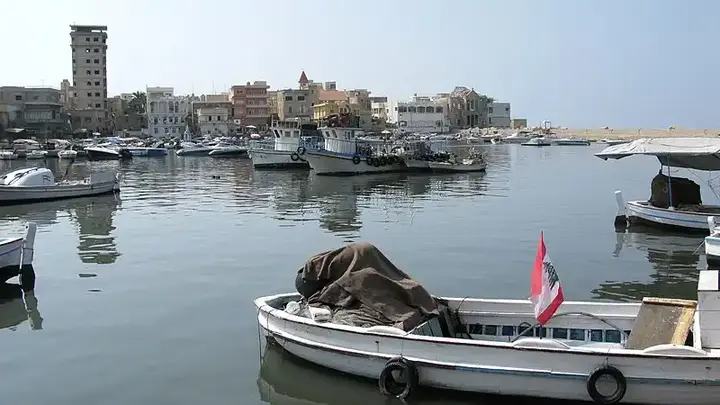
Today, the lighthouse consists of three floors and a vaulted ceiling, and its door has inscriptions that indicate the beauty of traditional Omani architecture.
There are still a lot of things to discover about the generation, but so far, the things I've learned have proven the long history of the place and lighthouse. At night, with its twinkling light, the lighthouse reminds passers-by that they are in one of Amman's most beautiful coastal cities – the city of Tyre that continues to grow and fascinate.
Historic Al Eija Castle
Al-Aijah Fort is one of the historical monuments located in the center of the coastal village of Al-Ayjah, surrounded by houses on all sides, and was built in the form of a square in the eighteenth and nineteenth centuries during the reign of Sayyid Faisal bin Turki, and was built by Sheikh Abdullah bin Salem Al Hamouda.
Parts of Al-Ayjah Castle
The fort consists of two floors, has one entrance and four towers, and contains some collectibles, such as swords, guns and heritage cannons. It was previously used to defend the village and for housing, but now it is used for tourism, and was restored by the Ministry of Heritage and Culture, and used clay, gravel and plaster in its construction.
![]()
Seeds of "dandelion" interstellar
Seeds from An Interstellar “Dandelion” more- ADVERTISEMENT
![]()
Iranian carpet industry ... History and economic significance
Persian carpets, woven with stunning detail and rich history, have long symbolized beauty and prestige. Once essential for warmth, they evolved into luxurious art pieces admired in royal courts. Today, they remain a global symbol of elegance and superior craftsmanship, cherished for their unique patterns and cultural legacy. more- ADVERTISEMENT
![]()
Why does my mood change when I'm hungry?
Feeling hungry can mess with your mood—fatigue, anger, confusion—all thanks to low glucose. As levels drop, stress hormones like cortisol and adrenaline kick in, making you irritable. Even fish get aggressive when hungry! So grab a healthy snack, keep calm, and maybe save your relationships along the way. more- ADVERTISEMENT
![]()
A book that may interest you - don't be too nice
A book that might interest you - Too Nice for Your Own Good more- ADVERTISEMENT
![]()
Quick tips to become a successful salesman
Success in sales comes from knowing your product, understanding customer needs, and building strong relationships. Always listen actively, communicate clearly, and stay passionate. Keep learning, stay organized, and never fear rejection—it’s just part of the journey to closing more deals and reaching your goals. more- ADVERTISEMENT
![]()
Black holes are common, so where are white holes?
White holes, theoretical opposites of black holes, may spit out matter but remain undetected. Though allowed by Einstein’s equations, they defy common physics and lack evidence. Some physicists now wonder if a dying black hole might transform into a white hole—an idea tied to solving deep cosmic mysteries. more- ADVERTISEMENT
![]()
Global Solar Radiation: Regional Disparities and the Potential of the Middle East
Bathed in sunlight and embracing vast deserts, the Middle East shines as a global leader in solar energy. With over 3,000 annual sunshine hours, the region fuels innovation and growth, setting the stage for a bright, clean-energy future powered by the sun. more- ADVERTISEMENT
![]()
Success Guide - How did you develop the habit of reading?
Reading is a fun and rewarding habit that boosts knowledge and self-growth. Start with books you love, set small, realistic goals, and make reading part of your daily routine. Share the joy with others, use reading apps, and don't give up—consistency makes it easier and more enjoyable over time. more- ADVERTISEMENT
![]()
The Star Marvel: Discovering the Extraordinary in the Milky Way
The star marvel of the Milky Way dazzles with its vivid colors, sparkling structures, and deep mysteries. It's a celestial masterpiece that has inspired scientists and artists alike, blending beauty, culture, and cosmic curiosity into one extraordinary galaxy. more- ADVERTISEMENT
![]()
Journey to Mars: The Next Great Leap in Mankind's Quest for Discovery
Mars sparks human curiosity like no other planet—its Earth-like features, potential for life, and promise of resources fuel hope for a future civilization there. Despite daunting technical, environmental, and psychological challenges, global efforts aim to turn this bold dream into reality. more- ADVERTISEMENT













